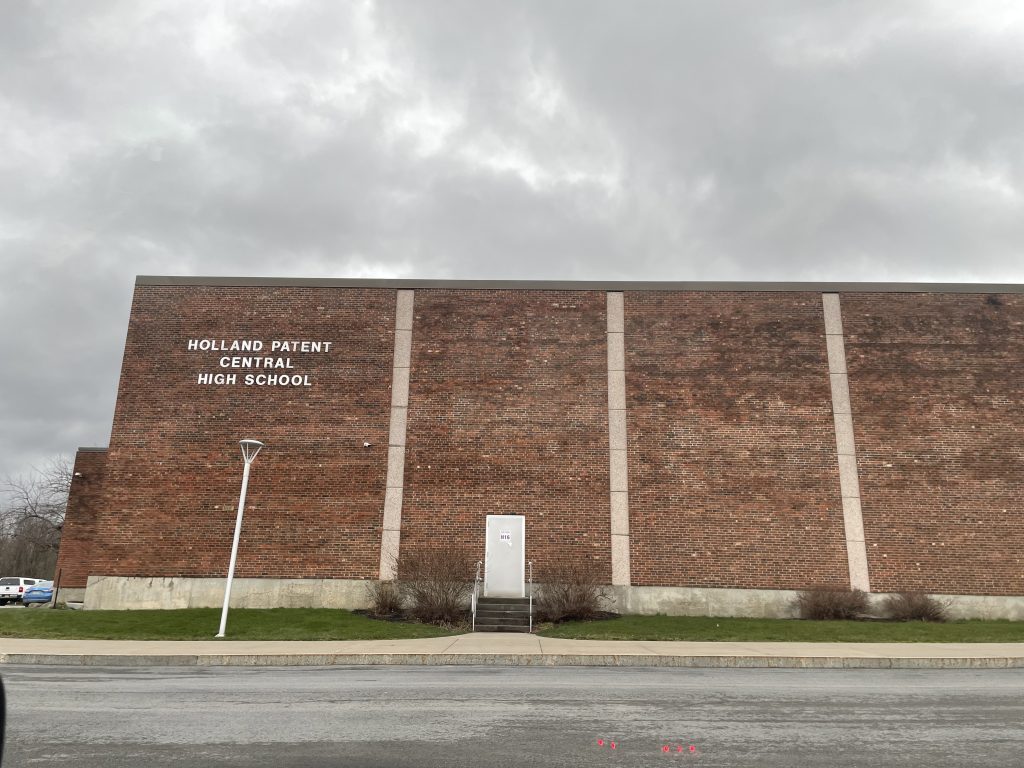Experts say educating youth on voting is important

OSWEGO, N.Y. – There have been a lot of initiatives put in place to try and get more youth registered to vote and involved with political topics and issues.
At the State University of New York at Oswego (SUNY Oswego), Allison Rank, a political science associate professor and department chair, is the campaign manager for Vote Oswego.
Vote Oswego is a voter mobilization project created for the SUNY Oswego community to make an impact in all elections and showcase the importance of the elections.
“Students on Vote Oswego do a great job,” Rank said. “But all they can do is help students know how to access a ballot and the process of casting it.”
The League of Women Voters is another organization that focuses on educating college students, high school students and even elementary school students on things such as voter registration.
Aside from voter registration, they also teach the youth about civic engagement and state government, according to Nick Doran, the vice president for youth programming for the League of Women voters.
“We don’t want to stop at voter registration or getting out the vote,” Doran said. “Because there is so much more to being engaged than just voting.”
Casting a vote is one way people can have their voice heard. According to the Center for Information and Research on Civic Learning and Engagement (CIRCLE), today’s youth is the most diverse generation in American history and the most diverse segment of the electorate.
CIRCLE projects that by 2025, 50% of 14-24 year olds will be people of color. The diversity among youth will allow them to speak on a wide range of issues that society faces today.
“Young people care deeply about their communities, their peers and about the issues that affect them,” the CIRCLE website states.
How they can go about speaking on these issues and making changes can start in the classroom, as some may not know what they can do to create changes within society and government.
“We found that a lot of students and really just everyone does not have a good understanding of the intricacies of New York state government.” Doran said.
Aaron Lopez, a junior at Holland Patent Central High School, has always had a bit of interest in politics and wished there was a more open conversation about politics in the classroom.
“Most social studies teachers I have try to keep their opinions neutral,” Lopez said.
Lopez said there are only two examples of times he has learned about politics today, one being in elementary school.
According to Lopez, a former congressman who was the father of one of his classmates came into their school back when he was in fifth grade to talk to them and answer any questions they had surrounding politics, which he thought was a good way to sort of introduce kids to the topic.
The other time was in middle school, when his teacher taught him and his fellow classmates how to form their own opinions on things and create an argument, especially surrounding politics, Lopez said.
“Educators can kind of play a key role in helping young people gain the skills and the confidence,” Rank said. “Not around what their position should be, but just to be able to engage thoughtfully in those conversations.”
According to Rank, CIRCLE provides various tools for educators to utilize in classrooms to teach students about civic engagement, one of these things including a National Action Civics Collaborative back-to-school toolkit, which has tips on teaching civics and research.
“There is a lot of content being produced,” Rank said. “The question is how much of it is being used.”
Although there can be ways to learn about politics in the classroom, Lopez said there are other ways outside the classroom to help high school students learn and become more engaged.
“I feel like student council elections are something in particular that they can kind of use to demonstrate the voting process,” Lopez said.
As of right now, student council elections are more like a popularity contest rather than an actual election, Lopez said.
“People should actually vote for someone who they can tell is actually going to push for certain changes that will improve the school,” Lopez said.
This type of small activity and engagement can not only help teach students how a real election works, but also get them more excited to vote in an actual election when the time comes.
According to data from CIRCLE, about 27% of youth cast a ballot in 2022, making it the second highest youth voter turnout in three decades.
Continuing the effort of engaging in more conversations around elections and educating the youth on these topics at both the high school level and college level can help increase youth voter turnout with each new election.